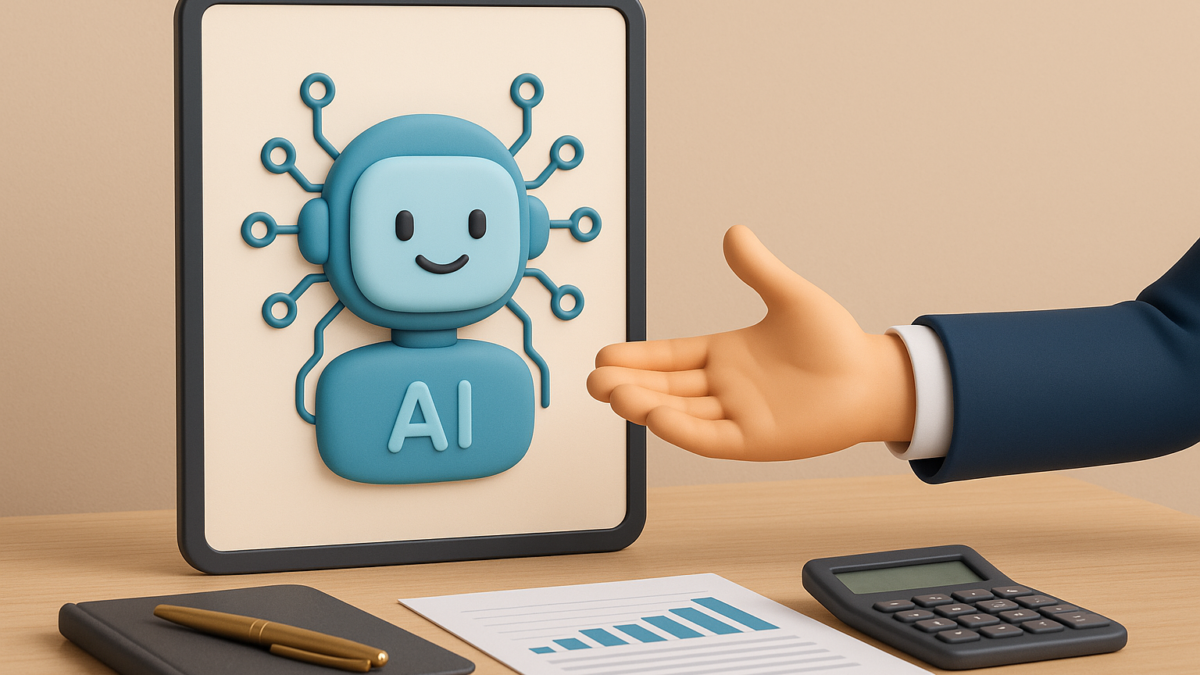The Rise of Human-Centered AI: Designing Tech That Feels Empathetic
Table of Contents
Introduction
Artificial Intelligence has transformed industries from automation to analytics but its next big revolution is emotional.
In 2025, AI is moving beyond logic and efficiency to embrace empathy, ethics, and human understanding. This shift toward human-centered AI is not just a technological evolution; it’s a cultural one, redefining how we interact with machines and how they, in turn, respond to us.
What is Human-Centered AI?
Human-centered AI (HCAI) refers to systems designed around human values, emotions, and experiences.
Instead of merely processing data, these systems aim to understand context, intent, and empathy.
In essence, it’s AI that not only works for humans but also with them — enhancing human capabilities, not replacing them.
Why Empathy Matters in Technology
For decades, technology focused on performance — faster, smarter, and more efficient.
But as digital interactions replace face-to-face communication, empathy has become a critical missing element.
Empathetic AI bridges that gap.
- Customer Support Bots that detect frustration or joy through tone analysis.
- Virtual Companions that offer emotional support or motivation.
- Healthcare Assistants that understand patient anxiety and respond with care.
By designing AI with empathy, companies build trust, loyalty, and stronger relationships.
Designing AI That Feels Human
Building emotionally intelligent AI requires more than machine learning models — it demands human insight.
Here are the key design principles:
- Ethical Intent: AI must prioritize fairness, transparency, and privacy.
- Context Awareness: Systems should understand human behavior, tone, and emotional cues.
- Inclusive Design: Consider cultural, linguistic, and accessibility differences.
- Continuous Learning: Human emotions evolve; so should AI training data.
This approach ensures that every AI interaction feels natural, not robotic.
Real-World Examples of Human-Centered AI
- Replika AI: A chatbot companion designed to provide emotional support through adaptive, empathetic responses.
- Woebot: A mental health AI coach that uses cognitive-behavioral techniques to detect mood and offer constructive dialogue.
- Microsoft’s Responsible AI Framework: Focused on transparency, accountability, and inclusivity in AI systems.
These innovations highlight the growing priority of empathy-driven design across industries.
The Ethical Imperative
As AI becomes more human-like, ethical questions arise:
- How do we ensure AI doesn’t manipulate emotions?
- Who is accountable when emotionally intelligent systems make errors?
- Can empathy be programmed without bias?
The answer lies in responsible innovation.
Developers, ethicists, and policymakers must collaborate to ensure that AI remains a tool of empowerment — not exploitation.
Looking Ahead: A More Human Future
The rise of human-centered AI marks a defining moment in technological history.
We’re moving toward a world where machines understand our feelings, intentions, and humanity — and respond in kind.
The future of AI isn’t just intelligent.
It’s empathetic, ethical, and deeply human.
Ready to fill your pipeline with qualified leads? Get started with iTMunch’s B2B lead generation services today.
See Also: The New Age of Thought Leadership: How Whitepapers Are Powering Trust in a Noisy Digital World





